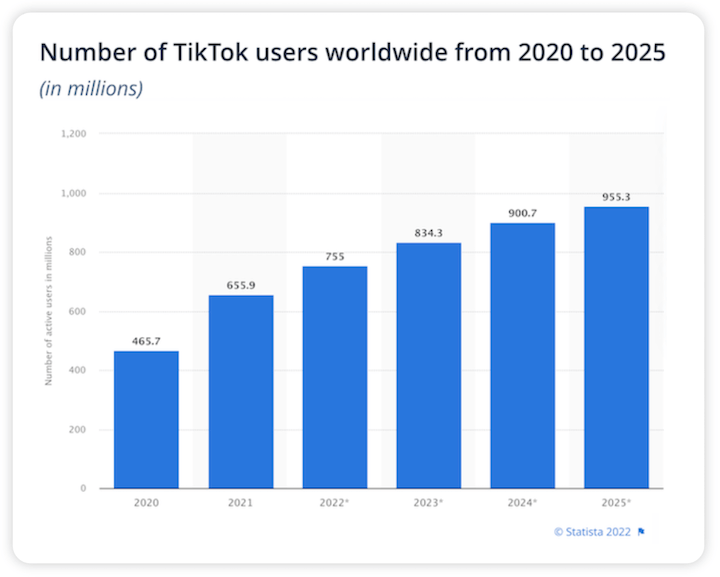Check out the new dashboard here and be sure to toggle between the Manage Products and Dashboard tabs here: https://sellercentral.amazon.com/fba/programs/sns/manage
“This new dashboard provides for better inventory management and forecasting during the holiday period and into 2021.”
Lastly, make sure you have a backup fulfillment plan in place during the holiday period in case of any FBA stock issues. According to our experts, a diversified fulfillment strategy of FBA and FBM is the key to mitigating risk in Q4 and next year.
Want to know more about how Amazon’s Inventory Performance Index works, check out our recent post or contact one of our experts today.
In August, Amazon placed limits on product shipments from third-party sellers to ensure it had sufficient space to store holiday goods and COVID-related “essential items.” The policy shifted Amazon’s Inventory Performance Index (“IPI”) minimum threshold requirement to 500 and introduced ASIN-level quantity limits on products in FBA.
3 Expert Tips to Navigate Amazon Inventory Restrictions
Amazon has limited capacity to carry inventory, (especially during a pandemic) customer demand can be unpredictable, and it takes time for Amazon’s buying systems to determine appropriate inventory levels. In the event you run out of stock in Amazon’s warehouses and your own warehouse, Amazon will not accept orders and the product page will have out of stock messaging.
Tip 1: Send more frequent FBA shipments to Amazon warehouses.
If you’re a seller struggling with inventory restrictions this holiday season, here’s a list of tips from our Amazon experts on how to navigate the situation throughout the remainder of Q4:
Tip 2: Leverage Amazon’s New “Subscribe and Save” Dashboard
Restock Limits factor in recent sales, so for example, if an ASIN has sold a high number of products in recent months, the restock limit will be greater than an ASIN that has not sold a lot in recent months. This poses a big problem for Seasonal or Holiday ASINs that typically don’t sell well in the Spring or Summer months (for example, most shoppers are not buying holiday decorations in July).
With Direct Fulfillment as back up, customers can continue to order your product during this lead time, which eliminates missed sales opportunities.
– Mark Russo, Marketplace Operations Specialist at Tinuiti
Despite Amazon’s plan to commit billions of dollars to open 33 new fulfillment centers in the US this year, sellers remain concerned about inventory issues as Christmas Day gets closer.
Some Amazon Sellers are bearing the brunt of Amazon’s inventory and delivery constraints resulting from COVID-19 and the holiday shopping season.
Tip 3: Evaluate FBM (Fulfilled by Merchant) Feasibility
Pro-tip: The Inventory Performance Index 2.1k (IPI) measures inventory management over time, including how well you balance inventory levels and sales, fix listing problems that make your inventory unavailable for purchase and keep popular products in stock. Sellers should regularly monitor their Inventory Performance Dashboard and its accompanying influencing factors to ensure they are making the best use of their allotted storage space and to reduce their storage costs.
Because of the Restock Limits in place, your shipments will likely be smaller than what you are historically accustomed to, but you will be able to better navigate transit and receive delays by having a constant flow of inventory.
If you are not currently using Amazon’s Direct Fulfillment program, you can get started by following the instructions within your Warehouse Settings in Vendor Central.
What this means is sellers below Amazon’s IPI threshold of 500 are subject to inventory limits through the end of the year. Sellers across the board saw (what Amazon refers to as) “Restock Limits”, and in many cases those Restock Limits are causing sellers to miss out on sales.
On December 10th, Amazon introduced its new Subscribe & Save performance dashboard. The dashboard is a welcomed UX upgrade from the S&S reports and includes a new key feature: inventory levels alongside the number of subscriptions at the ASIN level.
Without backup Direct Fulfillment, when Amazon warehouses are out of stock, customers cannot order your product and you could potentially miss sales during the lead time to get inventory to Amazon.






